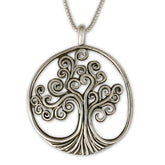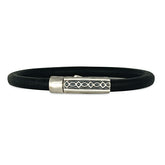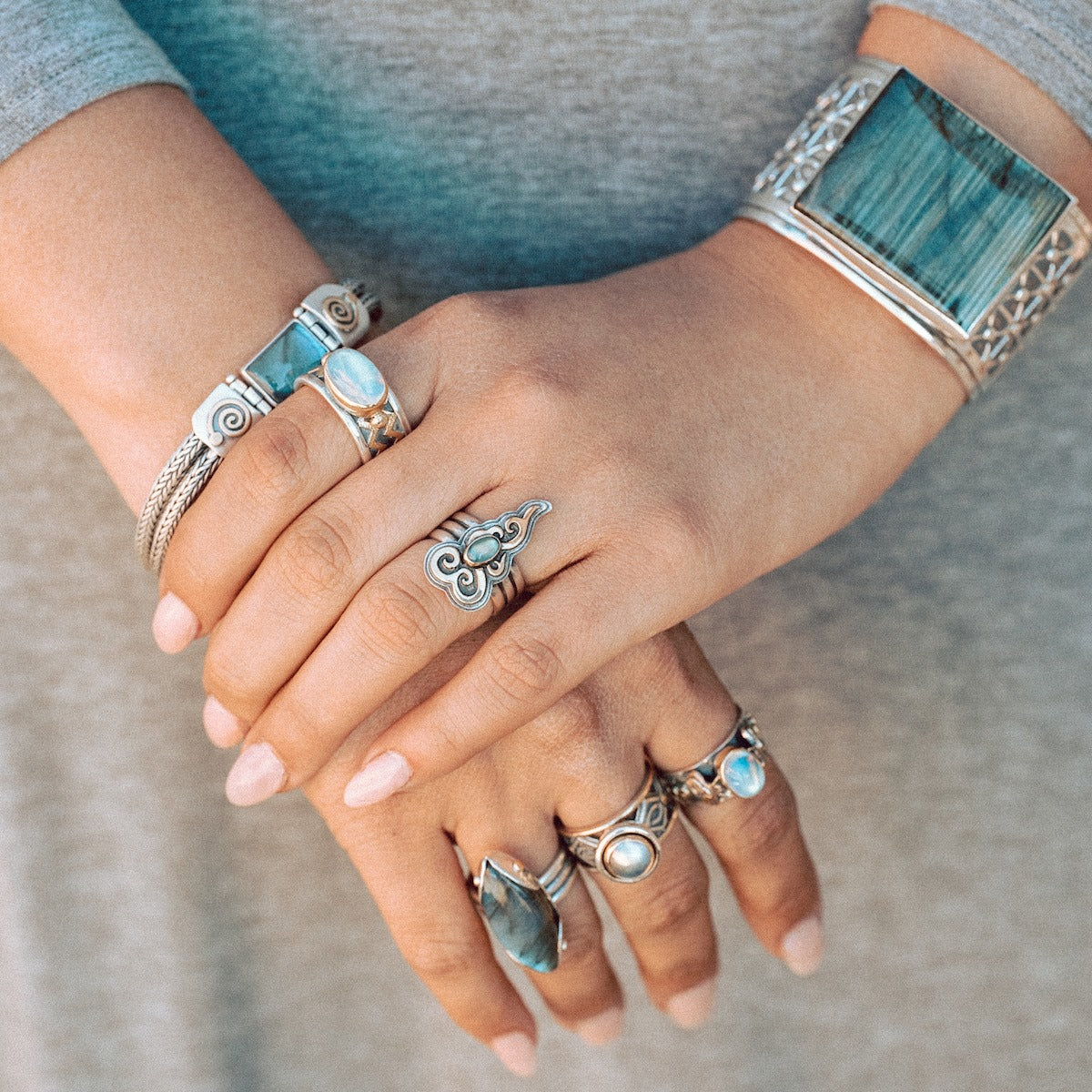Celtic Wedding and Engagement Ring Symbolism
By Peter Breslin
For as long as recorded history, humankind has sought to distill the apparent order of the natural world and the cosmos into patterns, shapes, figures, and designs. The awe-inspiring combination of both beauty and simplicity of these symbolic forms makes them well-suited to use in Celtic wedding rings.
Rings themselves have had symbolic significance for thousands of years. These symbols have reinforced and preserved spiritual and religious connections in a variety of ways, including as public signs of ceremonial commitments such as engagement or marriage, reminders of key aspects of spiritual beliefs, and as shamanic totems enhanced by the incorporation of power-bearing images.
Everything about a ring has resonance with symbolic traditions, from its circular shape, to the materials used in its creation, the inlaid gems or stones chosen, and the engraved symbols on its surface. One of the central features of sacred geometry is that the shapes, symbols, and patterns are created by the repetition of simple mathematical rules. Despite the mathematical simplicity of the resulting curves, the designer of a ring can create designs of astonishing beauty and power that often appear quite complex.
What follows is a brief catalogue of some of the curving symbols and patterns involved in the creation of rings and the sacred geometry of those patterns.
The Circle:
The circle, the basic shape of the vast majority of rings, is itself a central design in sacred geometry. The open circle symbolizes wholeness, completion, stillness within motion, and a unifying order of cycles that repeat in time. Circles are a pure distillation of both the shapes of the planets and their cyclical course through the sky. Universally used as a symbol for the sun, the circle has therefore represented clarity, awareness, completion with renewal, and the integrated self. The circular "palette" of the surface of a ring has provided artists with a perfect opportunity to design patterns that flow dynamically. Change within permanence is a fitting symbol indeed for engagement and marriage.
The Lemniscate:
An ancient symbol for infinity, a lemniscate is basically a "figure 8" oriented horizontally. Its introduction into European culture and mathematics began with its formal description by Jacob Bernoulli in 1694, but it occurs as a basic shape in ancient Tibetan art, and several other cultures. The shape suggests the joining of two halves, and in fact in ancient cultures the symbol was sometimes shown as the touching of two perfect circles. The shape contains its own reflection, and this symmetry is a central feature of some of the curves of sacred geometry.
Arcs and Waves:
Flowing symbols as embodied by arcs and waves reoccur frequently in sacred symbolism. Repeated arcs that are portions of circles often form edge designs, while waves with their peaks and troughs move singly or intertwine, creating a feeling of the flow of energy in harmonious balance. Arcs and waves, mathematically, are closely related to the circle. A waveform, however, as distinct from closed curves like the lemniscates or circle, moves forward as it completes its regular cycle. Waves of sound and light are forms of matter imbued with energy, and as such symbolize life, the music of the spheres, and the driving force behind the order of creation. Waveforms and arcs suggest water, and by connection, the entire realm of symbolic associations with water, such as the moon and tides, birth, the dream world, the Goddess, and the fertility and creativity of life. Celtic knots, as used in the design of Celtic wedding and engagement rings, make beautiful use of these organic waveforms.
Spirals:
These coiling shapes capture a sense of the ordered evolution of experience that originates from a center but unfolds dynamically. Spiral forms are related to perfect circles and waves, in that they are generated from a center, as circles are, but they arc regularly. Sacred labyrinths and paths of creation, in the form of spirals, have been represented on rings since prehistoric times, in cultures ranging from Indo-European to Hopi. Spiral curves occur frequently in nature, from the regular spacing of spine clusters on cacti to the structure of seashells. The enormous variety of sacred geometry as incorporated in the design of Celtic wedding rings provides endless fascination. In wedding and engagement rings, the goal is to represent the sacred order and dynamic creativity of lifelong partnership. Symbolic Celtic rings are constant reminders that protect and inspire, while offering great beauty and lifelong meaning.







